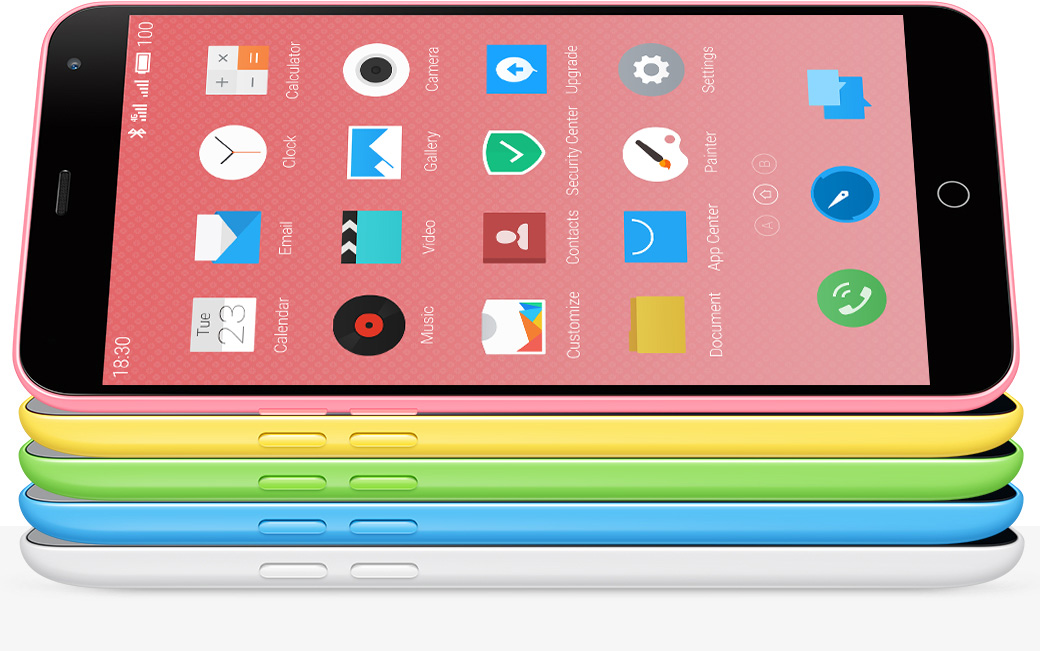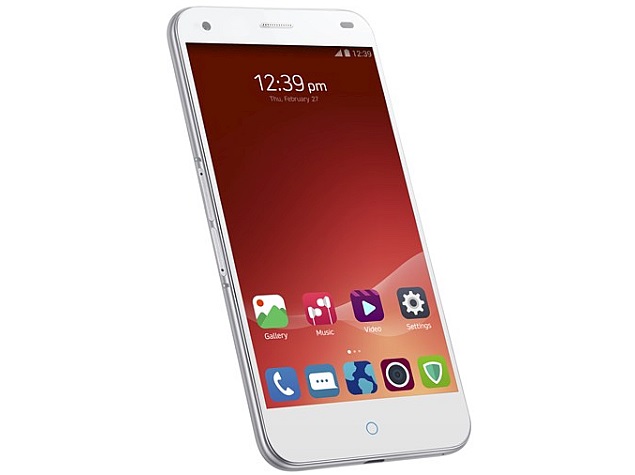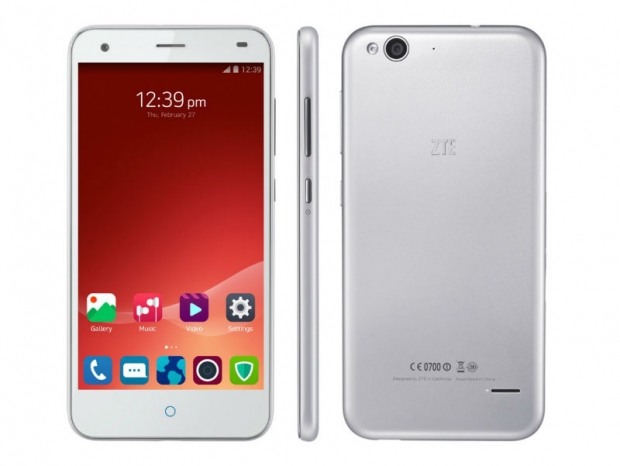The recipe is quite simple – get a mid-range chipset, a decent camera, and slap a 5.5-inch panel on top, pricing the whole package at $200-$300.
Xiaomi and Meizu started it all
The Meizu M1 Note was (arguably) the first value phablet to launch this generation. It has a 64-bit MediaTek octa-core and a 5.5-inch 1080p display.

However, it was not the first such device, as the Xiaomi Redmi Note beat it to market by a few months, albeit with a 720p display and an older 32-bit chip.
Scores of similar models from smaller brands are available too, but they simply don’t come close to the Meizu and Xiaomi phablets in terms of appeal (or design).
ZTE and Huawei are on board as well
While Xiaomi and Meizu like to portray themselves as trendsetters, ZTE and Huawei have been around for years and they are still a force to be reckoned with.
Huawei’s Honor 4X is coming to Europe in a few weeks and it’s going after the competition with a 720p display and an in-house 64-bit octa-core SoC. However, it should come in under €200 which sounds like a very reasonable price. Huawei is not selling it in Europe just yet, but you could order it directly from China.

ZTE joined the party last week at MWC, with a 5.5-inch version of the Blade S6, dubbed Blade S6 Plus. The branding points to Apple and the looks are, well, iPhone inspired to say the least. The phone features a Snapdragon 615 SoC and 2GB of RAM, along with a 5.5-inch panel and a 13-megapixel Sony camera. The ZTE also stands out because it ships with Android 5.0. It’s still not available in Europe, but you can pre-order it through a reseller like Gearbest for $299, shipping from EU stock.
Alcatel is in the game, too, with the OneTouch Idol 3, which also packs a 5.5-inch 1080p display and relatively good specs.
How come value phablets are so popular?
Many consumers stick to the “bigger is better” mantra, and oversized phones have gone mainstream thanks to Samsung Note series and of course the iPhone 6 Plus.
While I am personally not a big fan of big screen phablets, I can certainly understand their appeal. Prices are usually very competitive, yet these phones tend to have relatively good specs – octa-core processors with “good enough” graphics, 2GB of RAM, microSD slots, good cameras and obviously a big, high-resolution screen.
They’re just marginally more expensive than low- and mid-end phones with quad-core processors, 1GB of RAM and significantly smaller batteries. Bottom line – consumers choosing a value 5.5-inch phablet really get a lot of bang for their buck.




